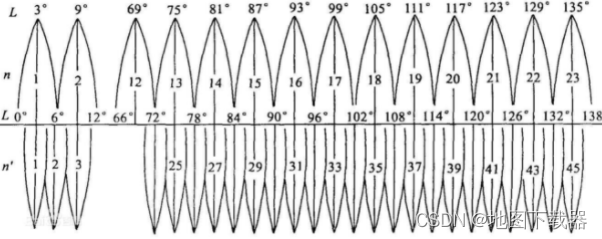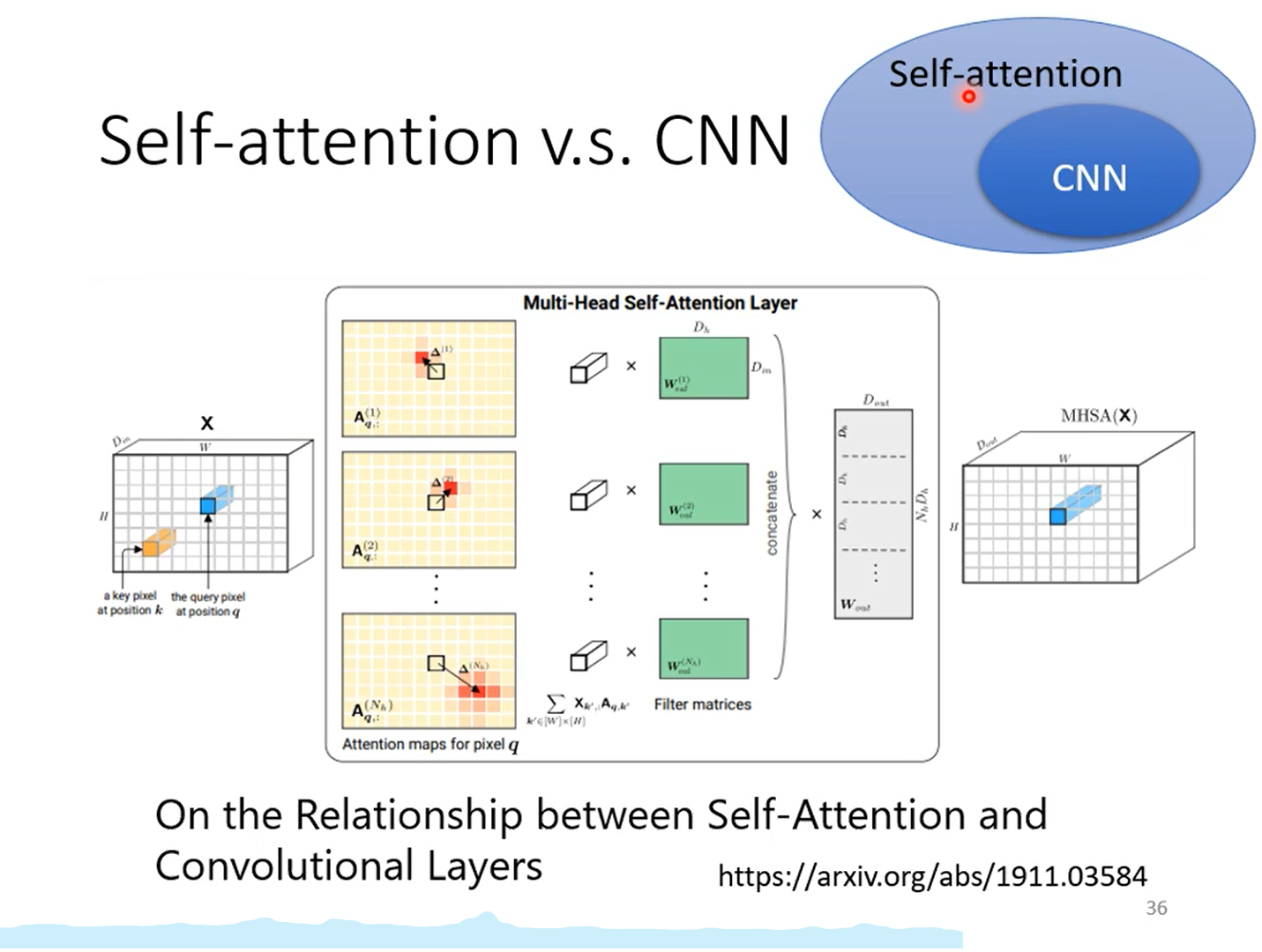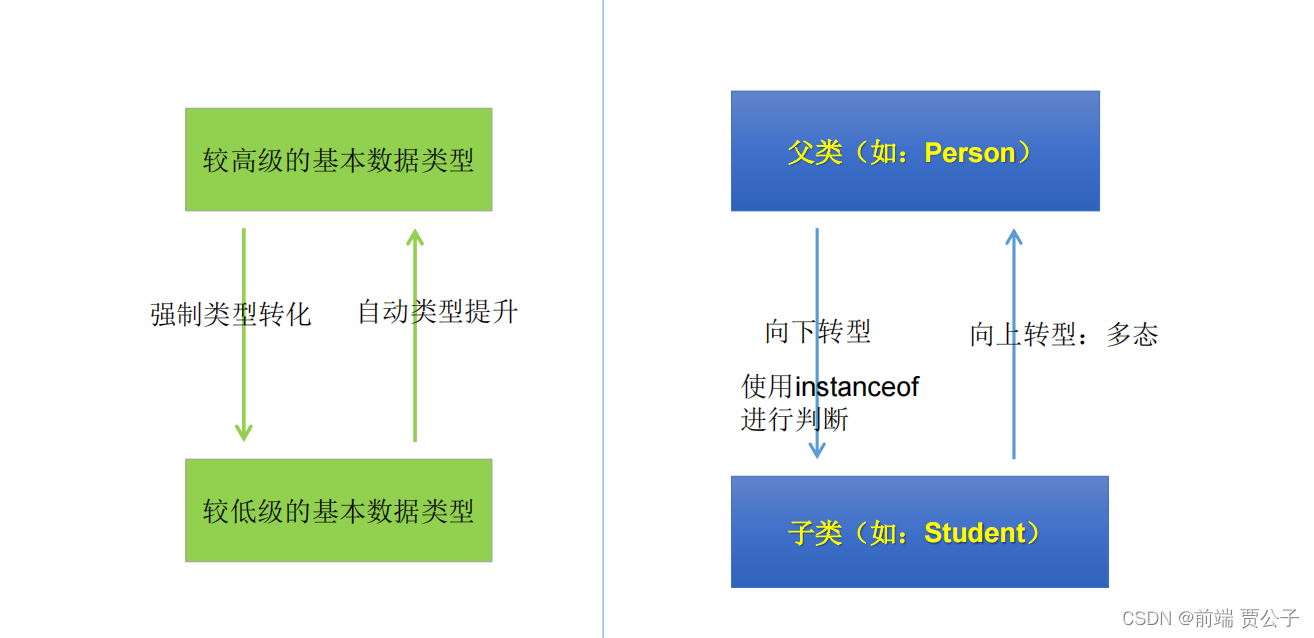
效果图

===================================================================================
/**
-
Definition for singly-linked list.
-
public class ListNode {
-
int val; -
ListNode next; -
ListNode() {} -
ListNode(int val) { this.val = val; } -
ListNode(int val, ListNode next) { this.val = val; this.next = next; } -
}
*/
class Solution {
public ListNode reverseList(ListNode head) {
if(head==null){
return null;
}
ListNode prev = null;
ListNode cur = head;
while(cur!=null){
ListNode curNext = cur.next;
cur.next = prev;
prev = cur;
cur = curNext;
}
return prev;
}
}
图解

效果图

======================================================================================
/**
-
Definition for singly-linked list.
-
public class ListNode {
-
int val; -
ListNode next; -
ListNode() {} -
ListNode(int val) { this.val = val; } -
ListNode(int val, ListNode next) { this.val = val; this.next = next; } -
}
*/
class Solution {
public ListNode middleNode(ListNode head) {
if(head==null){
return null;
}
ListNode fast = head;
ListNode slow = head;
while(fast!=null&&fast.next!=null){
fast = fast.next.next;
slow = slow.next;
}
return slow;
}
}
图解

效果图

==============================================================================
/*
public class ListNode {
int val;
ListNode next = null;
ListNode(int val) {
this.val = val;
}
}*/
public class Solution {
public ListNode FindKthToTail(ListNode head,int k) {
if(head==null|| k<=0){
return null;
}
ListNode fast = head;
ListNode slow = head;
while(k-1!=0){
fast=fast.next;
if(fast==null){
return null;
}
k–;
}
while(fast.next!=null){
fast=fast.next;
slow = slow.next;
}
return slow;
}
}
附图

效果图

=======================================================================================
将两个升序链表合并为一个新的 升序 链表并返回。新链表是通过拼接给定的两个链表的所有节点组成的。
/**
-
Definition for singly-linked list.
-
public class ListNode {
-
int val; -
ListNode next; -
ListNode() {} -
ListNode(int val) { this.val = val; } -
ListNode(int val, ListNode next) { this.val = val; this.next = next; } -
}
*/
class Solution {
public ListNode mergeTwoLists(ListNode l1, ListNode l2) {
ListNode head1= l1;
ListNode head2 = l2;
ListNode newHead = new ListNode();
ListNode p = newHead;
while(head1!=null&&head2!=null){
if(head1.val<head2.val){
p.next = head1;
p = p.next;
head1=head1.next;
}else{// head1,val >= head2。val
p.next = head2;
p = p.next;
head2 = head2.next;
}
}
if(head1==null){
p.next = head2;
}
if(head2==null){
p.next = head1;
}
return newHead.next;
}
}
图解

效果图

========================================================================
现有一链表的头指针 ListNode* pHead,给一定值x,编写一段代码将所有小于x的结点排在其余结点之前,
且不能改变原来的数据顺序,返回重新排列后的链表的头指针。
import java.util.*;
/*
public class ListNode {
int val;
ListNode next = null;
ListNode(int val) {
this.val = val;
}
}*/
public class Partition {
public ListNode partition(ListNode pHead, int x) {
ListNode a = null;
ListNode b = a;// [a,b] 存储小于x的值
ListNode c = null;
ListNode d = c;// [c.d] 存储大于或等于的x的值
ListNode cur = pHead;
while(cur!=null){
if(cur.val<x){
if(a==null){
a = cur;
b = cur;
}else{
b.next = cur;
b = b.next;
}
}else{
if(c==null){
c=cur;
d=cur;
}else{
d.next = cur;
d = d.next;
}
}
cur = cur.next;
}
if(a == null){
return c;
}
if(c==null){
return a;
}
if(d,next !=null){
d.next = null;
}
b.next = c;
return a;
}
}
图解

效果图

===================================================================================
/*
public class ListNode {
int val;
ListNode next = null;
ListNode(int val) {
this.val = val;
}
}
*/
public class Solution {
public ListNode deleteDuplication(ListNode head) {
if(head==null){
return null;
}
ListNode cur = head;
ListNode newHead = new ListNode(-1);
ListNode tmp = newHead;
while(cur!=null){
if(cur.next!=null&&cur.val==cur.next.val){
while(cur.next!=null&&cur.val==cur.next.val){
cur=cur.next;
}
cur =cur.next;
}else{
tmp.next = cur;
tmp = tmp.next;
cur = cur.next;
}
}
tmp.next = null;
return newHead.next;
}
}
图解

效果图

ttps://img-blog.csdnimg.cn/e116cfed3c88487b8c5acb2d9c0dcc6b.png?x-oss-process=image/watermark,type_ZHJvaWRzYW5zZmFsbGJhY2s,shadow_50,text_Q1NETiBARGFyayBBbmQgR3JleQ==,size_20,color_FFFFFF,t_70,g_se,x_16)
===========================================================================
对于一个链表,请设计一个时间复杂度为O(n),额外空间复杂度为O(1)的算法,判断其是否为回文结构。
给定一个链表的头指针A,请返回一个bool值,代表其是否为回文结构。保证链表长度小于等于900。
测试样例:(正反都一样)
1 2 3 2 1
import java.util.*;
/*
public class ListNode {
int val;
ListNode next = null;
ListNode(int val) {
this.val = val;
}
}*/
public class PalindromeList {
public boolean chkPalindrome(ListNode head) {
// write code here
if(head==null){
return true;
}
ListNode fast = head;
ListNode slow = head;
while(fast!=null&&fast.next!=null){
fast = fast.next.next;
slow = slow.next;
}
ListNode cur = slow.next;
while(cur!=null){
ListNode curNext = cur.next;
cur.next = slow;
slow = cur;
cur = curNext;
}
while(head!=slow){
if(head.val!=slow.val){
return false;
}
if(head.next == slow){
return true;
}
head = head.next;
slow = slow.next;
}
return true;
}
}
图解

效果图

===================================================================================
给你两个单链表的头节点 headA 和 headB ,请你找出并返回两个单链表相交的起始节点。如果两个链表没有交点,返回 null 。
题目数据 保证 整个链式结构中不存在环。
注意,函数返回结果后,链表必须 保持其原始结构 。
/**
-
Definition for singly-linked list.
-
public class ListNode {
-
int val; -
ListNode next; -
ListNode(int x) { -
val = x; -
next = null; -
} -
}
*/
public class Solution {
public ListNode getIntersectionNode(ListNode headA, ListNode headB) {
if(headA==null||headB == null){
return null;
}
ListNode pl = headA;
ListNode ps = headB;
int lenA = 0;
int lenB = 0;
while(pl!=null){
lenA++;
pl = pl.next;
}
pl = headA;
while(ps!=null){
lenB++;
ps = ps.next;
}
ps = headB;
int len = lenA-lenB;
if( len < 0){
pl = headB;
ps = headA;
len = lenB -lenA;
}
while(len!=0){
pl = pl.next;
len–;
}
while(pl!=ps){
pl = pl.next;
ps = ps.next;
}
return pl;
}
}

附图

力扣神奇解法

=====================================================================================
给定一个链表,判断链表中是否有环。
如果链表中有某个节点,可以通过连续跟踪 next 指针再次到达,则链表中存在环。 为了表示给定链表中的环,
我们使用整数 pos 来表示链表尾连接到链表中的位 置(索引从 0 开始)。 如果 pos 是 -1,则在该链表中没有环。
注意:pos 不作为参数进行传递,仅仅是为了标识链表的实际情况。
如果链表中存在环,则返回 true 。 否则,返回 false 。
/**
-
Definition for singly-linked list.
-
class ListNode {
-
int val; -
ListNode next; -
ListNode(int x) { -
val = x; -
next = null; -
} -
}
*/
public class Solution {
public boolean hasCycle(ListNode head) {
if(head == null){
return false;
}
ListNode fast = head;
ListNode slow = head;
while(fast!=null&&fast.next!=null){
fast = fast.next.next;
if(fast==slow){
return true;
}
slow = slow.next;
}
return false;
}
}
附图

效果图

=======================================================================================
为了表示给定链表中的环,我们使用整数 pos 来表示链表尾连接到链表中的位置(索引从 0 开始)。
如果 pos 是 -1,则在该链表中没有环。注意,pos 仅仅是用 于标识环的情况,并不会作为参数传递到函数中。
说明:不允许修改给定的链表。
进阶:
你是否可以使用 O(1) 空间解决此题?
(head == null){
return false;
}
ListNode fast = head;
ListNode slow = head;
while(fast!=null&&fast.next!=null){
fast = fast.next.next;
if(fast==slow){
return true;
}
slow = slow.next;
}
return false;
}
}
附图

效果图

=======================================================================================
为了表示给定链表中的环,我们使用整数 pos 来表示链表尾连接到链表中的位置(索引从 0 开始)。
如果 pos 是 -1,则在该链表中没有环。注意,pos 仅仅是用 于标识环的情况,并不会作为参数传递到函数中。
说明:不允许修改给定的链表。
进阶:
你是否可以使用 O(1) 空间解决此题?





